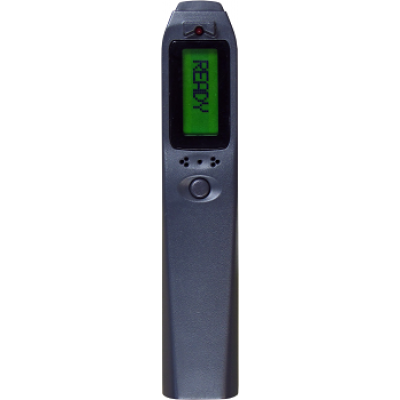- Home
-
Products
- Panels, Networking & Utilities Software
- Detectors, MCPs & Modules
- Alarm (Alerting) Devices
- Power Supplies
- Waterflow Devices
- Spare Parts
- Historic Products
- News
- Downloads
- Tools
- Projects
- About
- Support
- Sitemap
- BPIR
- Contact
News
Making NZS4512:2021 compliance testing much easier for conventional smoke detectors

Fire alarm contractors and building owners can now verify the compliance and reliability of conventional smoke detectors.
In order to comply with NZS4512:2021 clause 6.3.4, sensitivity checking of point-type smoke detectors must be carried out every year. Twenty percent of detectors such as the Honeywell 2151 series require annual sensitivity checks under these standards.
These conventional 2151 detectors’ compliance can’t be confirmed at the fire panel (analogue addressable detectors can).
The System Sensor i3 Series Sensitivity Reader assures that smoke detectors are working within their listed and marked sensitivity ranges.
Its LCD screen displays sensitivity by percent-per-foot obscuration. The reader also indicates detector status in alpha-numeric test as GOOD, SERVICE or REPLACE.
Whether it is hand-held next to the detector, or attached to a threaded extension pole for hard-to-reach detectors, the reader virtually eliminates the need for a ladder. Within 10 seconds, the dual LED and sounder alerts an installer that the reading has been taken.
Additionally the sensitivity reader indicates when its two AA alkaline batteries are too low in power. Battery life is maximised by automatically shutting off after 30 minutes of non-use.
The use of the sensitivity reader is the only way to confirm a detector’s sensitivity is within the manufacturer’s specified operating limits.
It should be noted that if sensitivity tests are not possible (or not carried out), then, under New Zealand standards, the detectors must be replaced every 10 years.
As the sensitivity reader is test equipment, Pertronic is providing it at a special price to installers and contractors at $880 + GST. We have stock available, under the product code SENS-RDR.
Posted in Product News, General, Pertronic; Tagged Conventional Detection, Tools;
Tags
- Alerting Devices
- Amplifiers
- Analogue Addressable
- Audio Distribution Modules
- Cabling
- Conventional Beam Detectors
- Conventional Detection
- Covid_19
- Deluge System
- Detectors
- Drip Loop
- Early Warning Fire Detection
- Equipment Cabinets
- Events
- F100A
- F16e
- F220
- F4
- FAAST
- Fire Alarm Control Panels
- Fire Alarm Mini Panel
- Fire Alarm Panel Keyswitch
- Fire Door Holders
- Fire Graphic System
- Fire Show
- Fire System Management Application
- FireMap
- FireUtils
- Hazardous Area Detection
- Honeywell
- Interfaces and Repeaters
- interns
- IYM
- LED Mimic
- Linear Heat Detection
- Lockdown
- Manual Call Points
- manufacturing
- Net2 Network Systems
- Operations
- OSID - Open Area Smoke Imaging Detection
- Pertronic Offices
- Pertronic Production
- Pertronic SOS
- Product Support
- R&D
- recycling
- Remote Display
- research
- Residential Panel
- Seismic-tested Fire Alarm Panel
- smoke sensor
- Speakers
- Sprinkler FBA
- STEMM
- Strobes
- Suppression
- Takina
- Thermistor Heat Detectors
- Tools
- training
- Unwanted Alarm
- Waterflow Devices
- Weatherproof
- Weatherproof Detectors
- Wiring

